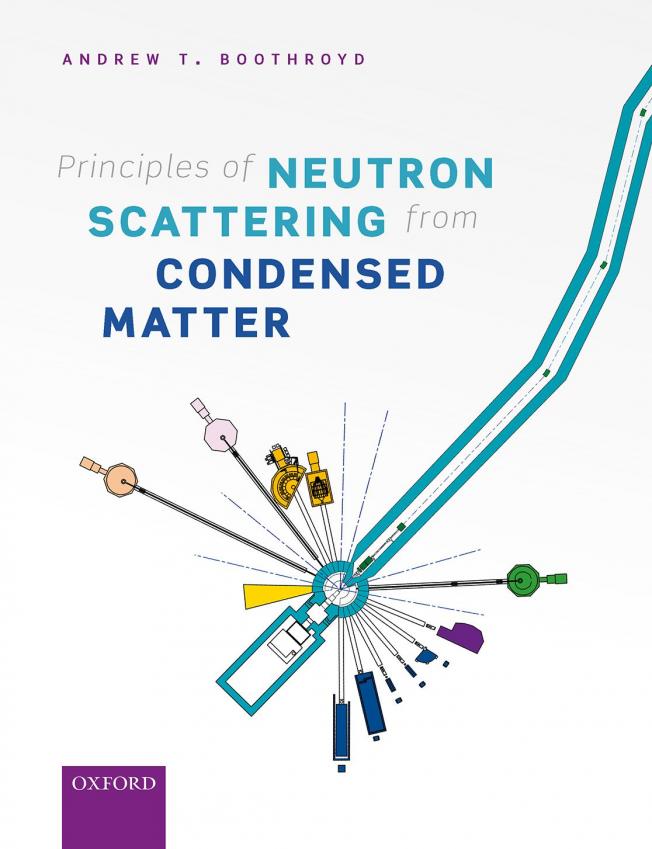Low-energy collective dynamics of charge stripes in the doped nickelate La2-x Srx Ni O4+δ observed with optical conductivity measurements
Physical Review B - Condensed Matter and Materials Physics 77:19 (2008)
Abstract:
We have investigated charge dynamics in the static stripe ordered phase of La2-x Srx Ni O4+δ at lattice temperatures below the charge ordering transition, via optical conductivity measurements at low energies (1-10 meV). The thermally activated dynamic response of the charge stripes is found to be characteristic of a collective mode such as a pinned charge density wave. At incommensurate doping levels, the pinning energy is reduced, owing to the presence of real-space defects in the stripe order, and a pronounced increase in the oscillator strength is seen. The results provide compelling evidence for the existence of low-energy collective modes of the charge stripes. © 2008 The American Physical Society.Temperature evolution of the magnetic excitations in charge ordered La5/3Sr1/3NiO4
JOURNAL OF PHYSICS-CONDENSED MATTER IoP Publishing Ltd 20:10 (2008) 104229
Abstract:
Polarized- and unpolarized-neutron scattering was used to study the temperature evolution of the magnetic excitations of charge ordered La5/3Sr1/3NiO4. We studied two features in detail: (i) the resonance-like scattering at 27 meV in the quasi-two-dimensional magnetic excitations from the ordered Ni2+ (S = 1) spins, and (ii) the diffuse scattering associated with quasi-one-dimensional antiferromagnetic correlations along the stripes. Although both these features persist up to at least similar to 125 K, their temperature dependences are found to be quite different. We argue from the results that the resonance- like feature observed in La2-xSrxNiO4 (x similar to 1/3) is not caused by a coupling between the spin dynamics of the two magnetic sub-systems.Crystal-to-stripe reordering of sodium ions in NaxCoO2 (x>=0.75)
(2008)
Investigation of the spin state of Co in LaCo O3 at room temperature: Ab initio calculations and high-resolution photoemission spectroscopy of single crystals
Physical Review B - Condensed Matter and Materials Physics 77:4 (2008)
Abstract:
We investigate the spin state of LaCo O3 using state-of-the-art photoemission spectroscopy and ab initio band structure calculations. The GGA+U calculations provide a good description of the ground state for the experimentally estimated value of electron correlation strength U. In addition to the correlation effect, spin-orbit interaction is observed to play a significant role in the case of intermediate spin and high spin configurations. The comparison of the calculated Co 3d and O 2p partial density of states with the experimental valence band spectra indicates that at room temperature, Co has dominant intermediate spin state configuration and that the contribution from high spin configuration may not be significant at this temperature. The line shape of the La 5p and O 2s core level spectra could be reproduced well within these ab initio calculations. © 2008 The American Physical Society.X-ray resonant diffraction study of multiferroic DyMn2O5
PHYSICAL REVIEW B 77:10 (2008) ARTN 104415


